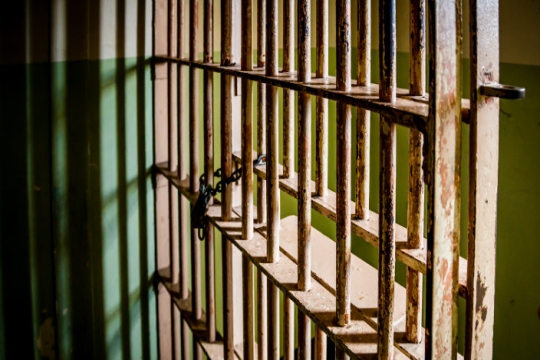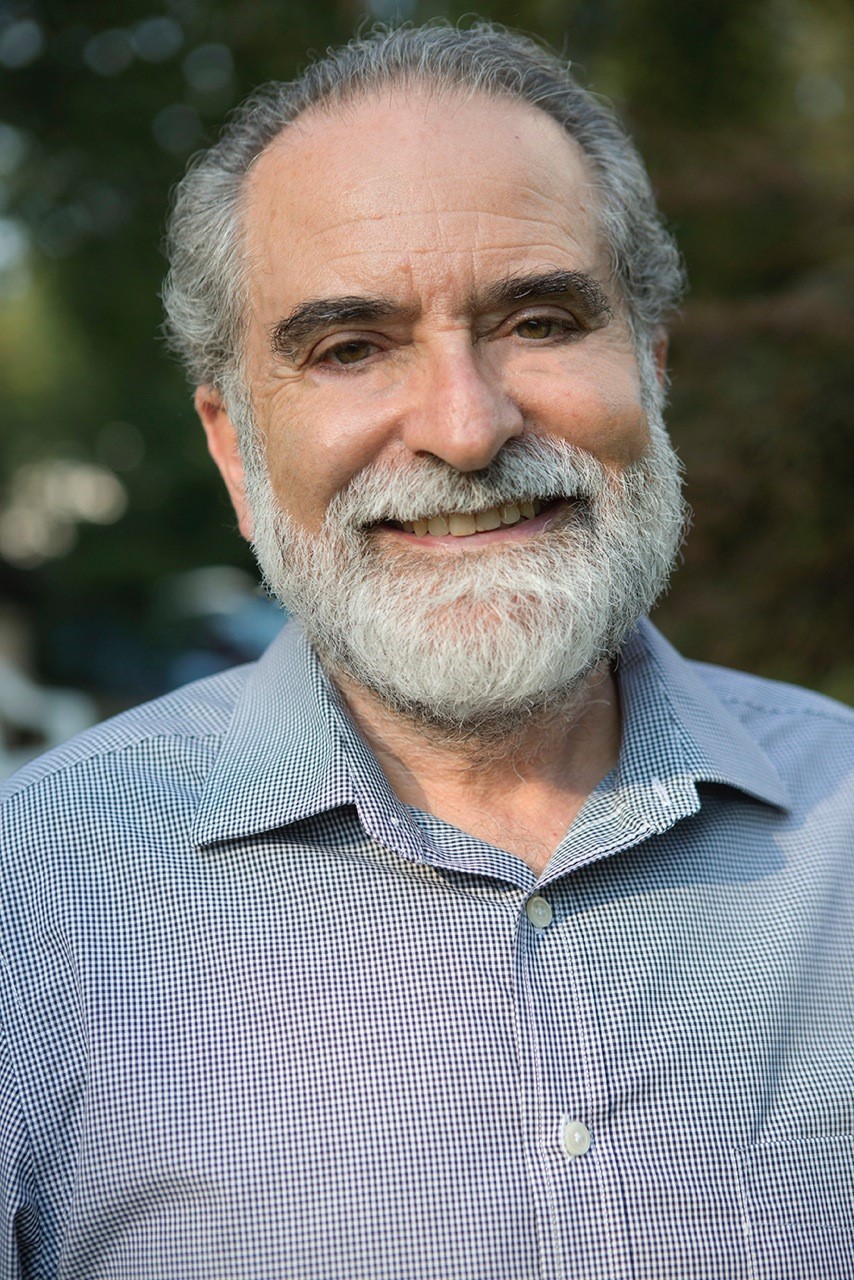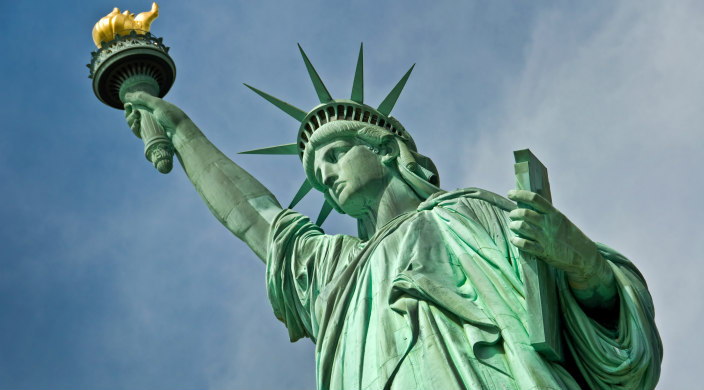
On the eve of Yom HaShoah, the Kraus Family Foundation and the Union for Reform Judaism announced the creation of the Gilbert and Eleanor Kraus Initiative for Immigrant and Refugee Justice. This new initiative seeks to galvanize people to action around the current immigration and refugee crisis in the United States.
Peter and Jill Kraus, the foundation’s co-founders, named the program in honor of Peter’s grandparents, a Philadelphia couple that followed their conscience and, against all odds, rescued 50 Jewish children imperiled by the Nazis in 1939. Their almost forgotten story has been documented in the book 50 Children and an HBO documentary by the same name.
I sat down with Peter and Jill Kraus to learn more about this family legacy and its connection to today’s refugee crisis.
ReformJudaism.org: Peter, to what extent is this new initiative inspired by your family’s legacy?
Peter Kraus: My grandparents saw a need, in a relatively unstable time in world history, to bring imperiled children to the safety of our country. At the time, they had to overcome barriers that severely restricted immigration – barriers not that different from those of today, and the same types of xenophobic reactions to foreigners.
I find this anti-immigrant sentiment a little bizarre, considering that our country, at its inception, was a receptacle for immigrating people who would arrive on these shores to start a new life. The initiative we are creating is really a continuation of America’s time-honored immigration process; from time to time, it gets interrupted and needs a push. This is one of those times.
Jill Kraus: Amazingly, we didn’t know about this family legacy of rescue until 15 years ago, when Peter’s father sent us a manuscript about it written by his mother, Eleanor. There was a note attached that read, “This is yours to pass on to your children, or not, as you choose.”
We had no idea of this family history. In fact, we didn’t believe it.
Was it a family secret?
Jill: It seems so, and it had to do with the intense anti-Semitism of the 1930s in America. Leaders of the Philadelphia Jewish community, fearing a backlash, actually threatened Peter’s grandparents: “Don’t do this because it is going to draw attention to us. If you go ahead with this rescue plan, we are going to ruin your business.” Gilbert was the publisher of the Philadelphia Ledger and also a major labor attorney, so the mission was kept secret – and it essentially remained so for 65 years.
Thirteen years ago, we made a trip to Austria and Germany for Peter’s father’s 80th birthday. In Vienna, at the Jewish community center, we discovered the 600 questionnaires submitted by the parents of all the children who were interviewed, of which 50 were selected. In Berlin, we visited the synagogue where the kids stayed while their visas to America were processed. It was a very emotional experience.
What can we learn from Gil and Eleanor, who were ordinary citizens taking it upon themselves to do the right thing?
Peter: What Jill and I are trying to say with regard to this gift is the power of everyday individuals. The more we everyday individuals commit to being part of the immigration process, the more successful our country will be in finding an answer to the trauma that is being visited upon refugees.
Did any particular action or event trigger your decision to join with the Reform Jewish community in taking on this issue?
Jill: The policy of yanking children from their parents at the border sent us into a total tizzy. We had a conversation with Rabbi Rick Jacobs, president of the Union for Reform Judaism, and said, “Use us. Use the story of Eleanor and Gilbert Kraus in some way to deal with this issue.” And that’s how this whole thing started.
The Kraus Family Foundation has focused its philanthropy on the arts. Is there any connection between your passion for the arts and the refugee initiative?
Peter: We are and will remain committed to supporting public art, art education, and creative opportunities. What strikes me as the connective tissue between immigrants and artists is the personal risk both take to achieve their desires and goals.
While there are some art stars who make a lot of money, tens of thousands of people who are engaged in the creative process receive little in the way of monetary remuneration. What resonates for me is watching people take great personal risk and receiving little appreciation for what it takes.
Jill: If you visit museums and art galleries, you’ll see that many of our great artists were immigrants who came here to escape perilous conditions. I was talking to a museum curator recently and suggested that the best thing you can do right now is put on an exhibition of artists who found refuge in the United States to show the amazing cultural contributions immigrants have made to our society.
Is the initiative’s focus on youth programs a reflection of the 50 children saved?
Peter: Our focus on children, though not exclusively, does reflect my grandparents’ legacy. What’s been happening to children on our border is a tragedy, and we are trying to do something to stop it. This is not about us. It’s about telling people: You are just like us, and together, we can make a difference.
Learn more about the Gilbert and Eleanor Kraus Initiative for Immigrant and Refugee Justice.
Related Posts
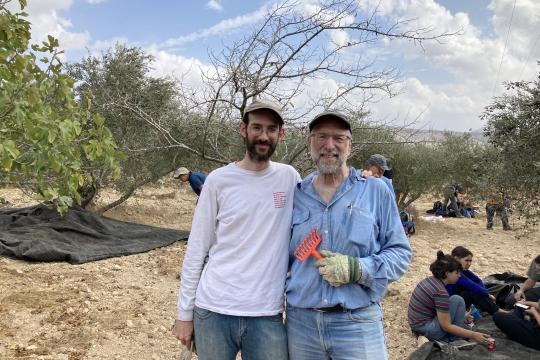
Holding Out an Olive Branch on the West Bank
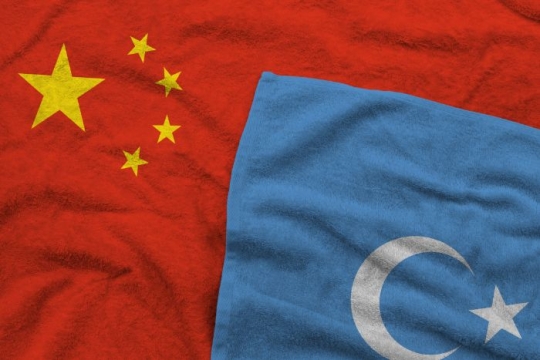
From Empathy to Action: Raising Our Voices for Uyghur Freedom
